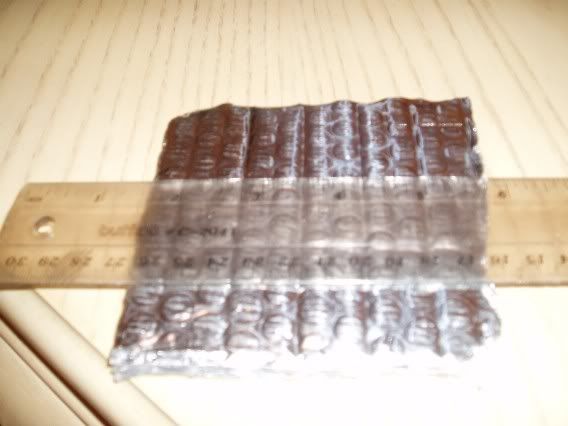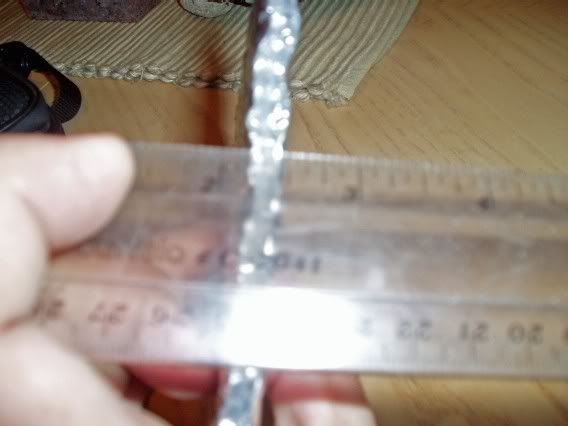Based on the temperatures on the underside of the insulations compared to the air temperature at the ceiling below the tiles, the foil coated bubble wrap looks about 78% as effective as the friction fit R19. So that sounds too good to be true.
79.5-75.8=3.7
80.5-75.8 = 4.7
3.7/4.7=0.787
Could be some air short circuitting from the attic and throwing readings off. The underside surface temperatures was taken by an infrared, the air by a thermocouple. I will see what happens on a hotter day with the sun directly overhead. Too bad this thread did not start a couple months earlier. Will also see if that raytech gives readings besides 'point 0' or 'point 5' as well.
But, I have seen it be effective at keeping heat out, just not so sure at keeping heat in. The highest R-value they show on the Astrofoil site is for "heat flow down" implying an attic almost triple what they claim for heat flow up, implying an attic in winter. They also seem to be relying on air flilms in those values. So would I use it in lieu of Dow Sm under the pex tubing in a slab, No.
Some houses here use it in their attics on the under side of the roof pitch,in lieu of fibre glass at the truss chords. The temperatures are bearable in those attics around 100F, while those temperatures with the insulation at the truss chords could kill you. That 130F attic air is the third hottest thing in an attic and it loves to short circuit the fibre glass. At 100 or 130, that air here still has an 80 dewpoint. So ducts less likely to sweat when exposed to 130.
Before my office, I have only used it myself as a return duct insulation where I was tight for space going through trusses.
But I have seen supply ducts not sweat when it was used, I have seen it applied to horizontal runs of large condensate drains as well, and I read a thermal imager's report on it some years back.
Maybe a couple inches of foil backed fibre glass can be more effective than thicker layer without foil in a hot attic.
Anyways, if you spent some time on attic patrol in the summer, maybe you would not be so gung ho to get on the complete 'snake oil' band wagon. I am in a year round cooling environment and the OP sounds like he is in Samoa.
A northern climate, it is easy to have a sealed vapour barrier at the ceiling plane, it is difficult in the tropics to do this. You would have to apply poly to under side of trusses, then insulate beneath the poly, then drop a ceiling below, to get the vapour barrier on the warm side of the insulation.With insulation at the truss chords you cannot get a sealed vapour barrier above it. So the function of the vapour barrier is to keep moisture from diffusing into a colder builing cavity, but it also stops humid air from passing through. Stack effect pushes up on the ceiling plane in the winter, but pressure differentials or even inverted stackes will pull attic air down in the summer.
You could take what seems the best approach for hot humid climates and not vent the attics, seal them, and insulate them at the pitch of the roof. The concept of attic venting was to eliminate ice dams, however in a hot climate it is veiwed as flushing out the heat.
If you can do it on the exterior of the sheathing, you are better off than doing it on the underside of the sheathing. It eliminates having a solar collector on the top of your structure.
Take the "V" out of HVAC and you are left with a HAC(k) job.


